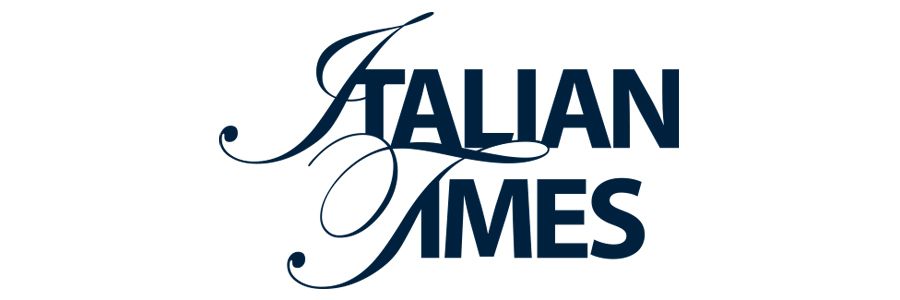Fiscal plans and programmes set the compass for medium-term investment

In October, the market is attempting to recover from negative performance in September due to endogenous and exogenous variables.
The former are linked to doubts around 2020 and 2021 guidance issued by companies in the event of a worst-case scenario, i.e. a second lockdown, which given the fresh outbreaks of the virus in Europe and around the world, seems more likely now.
The exogenous variables refer to the upcoming US presidential election, the failure of the fiscal stimulus package that is still under discussion in the American parliament and the first signs of slowing and problems on the vaccine front.
A lot now depends on management of the pandemic, with the majority of governments, also in Italy, unwilling to launch further generalised lockdowns despite rising infection rates.
Investors therefore remain focused on the dominating theme of 2020: containment of the economic damage caused by social distancing measures and possible good news regarding a potential vaccine. The Italian situation in terms of public debt is less worrying, as demonstrated by the BTP-Bund spread that sits at record low levels. This is also due to the outcome of regional elections and the referendum that have underlined how the current government enjoys widespread trust, both in parliament and on the part of voters, significantly reducing country risk.
After France, the Italian stock market it is the best performer amongst European listings. Sector performance highlights a positive trend across the board, with only the healthcare sector negative due to the risk-on mood of investors. Sectors offering the best performance include travel & leisure, utilities, automotive, industrial goods and technology. This highlights solid performance both on the quality side and for cyclicals, also driven by the possibility of a second important fiscal package under discussion in Washington.
Looking ahead, Massimo Trabattoni explains: “the transition from private spending to public spending is one of the most significant outcomes of the Covid crisis in the medium term. In fact, such levels of global fiscal spending are unprecedented, and this is also supported by almost all political and financial forces thanks to the swift and large-scale intervention of central banks to support public debts”. This shift means that sectors to which public spending is channelled will benefit from an increase in demand that other sectors, such as luxury goods and discretionary consumption in general, will not experience. This points the invest compass towards areas where visibility is provided by plans and programmes for fiscal spending, such as the sustainable economy, healthcare, digitalisation and infrastructure. Another positively impacted area will be the asset management sector that, thanks to huge injections of liquidity, will soon see growth in assets managed. Meanwhile, the outlook remains negative for the banking sector. In a scenario with real rates close to 0% or even in negative figures, it will have difficulty improving profitability.
Interview with Massimo Trabattoni, Head of Italian Equity.